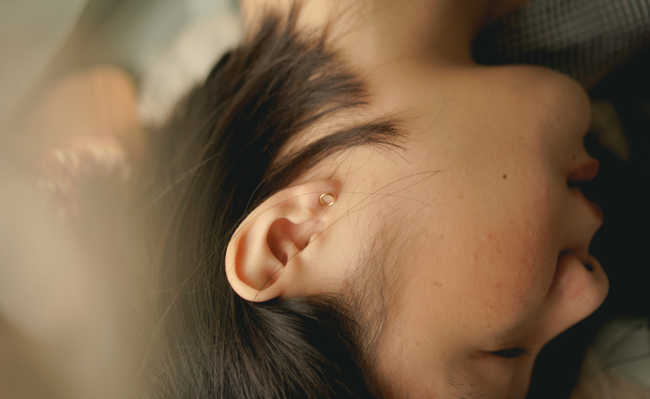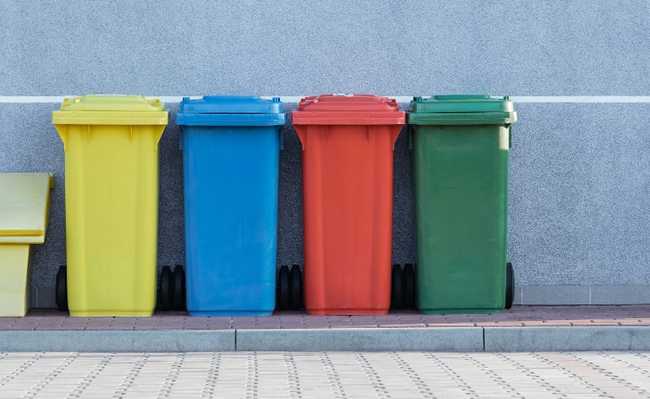The dangers lurking in the carpet
Even though it is cozy, the carpet can pose risks to the family's health

Few carpets are made from natural materials... But what constitutes a big problem is not the synthetic raw materials that give rise to the bristles, but the harmful chemicals, such as anti-stains and flame retardants that are part of the composition. of carpets. These compounds really help to prevent accidents with flames, but they are also very harmful to human health, as discussed in the article "Dangerous Fire Defense. Understand the Danger of Flame Retardant". Basically, polybrominated diphenyl ethers (PBDEs) can provide side effects such as various hormonal, immunological, reproductive and neurological dysfunctions. In addition United States Environmental Protection Agency (US EPA) considers PBDEs to be possible carcinogens.
there are more problems
New and old carpet can present risks that go beyond flame retardants and harmful chemicals. This type of item accumulates dust, dirt from the street, bacteria, mold, pollutants, mites, cockroach allergens, pesticides... In other words, everything that pollutes your home. The potential outcome is represented by allergic reactions and aggravation of pre-existing conditions that mainly attack babies (they play on the rug or carpet and then put their hands to their mouths).
It is not necessary to roll the carpet to get in contact with all these substances. Simply walking across the surface may be enough to shake the particles and release them into the air. In addition, some new carpets feature volatile organic compounds, or VOCs, that emit odors and pollutants. Check out the article "VOCs: Find out what volatile organic compounds are, their risks and how to avoid them to learn more about it.
Among some of the carpet's damages and hazards are:- Skin irritations;
- Frequent headaches;
- Persistent cough or sore throat;
- Fatigue;
- Angry eyes;
- Difficulty breathing.
What to do?
If you have carpet or rug, don't despair... You can try to reduce the risks. Here are some tips:- Vacuum them at least three times a week using a HEPA filter. This can cause the particles to rise, temporarily making the air more polluted, so if you're allergic, have someone else do the job and don't stay in the same room;
- Take off your shoes when you get home and avoid taking the dirt from the street into the house;
- Avoid carpeting in kitchens and bathrooms, as these are often humid environments and may develop mold;
- Do not be present during or after installing your carpet;
- Invest in installing carpets made from more sustainable materials such as organic wool or cotton;
- Check out the article "Do it yourself: carpet and carpet deodorizer" and have your own homemade deodorizer;
- Will you really have the nerve to do all the cleaning of the carpet? If not, then look for alternatives and set the carpet aside;
- For new products, make sure they emit less VOCs and are not flame retardant. Require carpet to be in a well-ventilated area for 72 hours before installing;
- Make sure the carpet can be removed without the use of toxic products.
When disposing of them, look for specialized companies or contact the manufacturer. You can also consult disposal sites closest to you.
Sources: American Lung Association, Everyday Health










